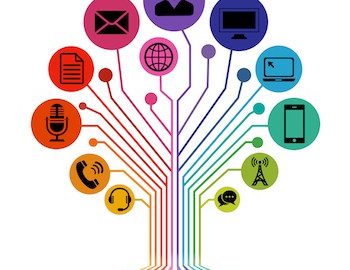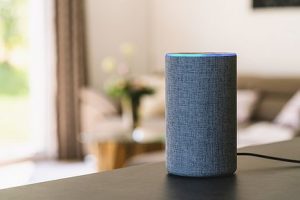Before the technology to power online personalization was possible, brands were essentially forced to have a one-sided conversation with their customers and prospects. Strategy meetings went something like this (with special emphasis on to, of course):
Our target market is X. How are we going to speak to them?
Now we can identify and target specific types of customer groups, we’ve put some distance between that mode of operation and the way we do things today. Personalization has changed the conversation.
The latest Monetate Ecommerce Quarterly report confirms this. On the one hand, there’s the reference to a Bloomberg News report that said sales at U.S. retailers dropped more than forecasted in August. Bad news, right? But on the other hand, the report calls out this stat from the U.S Commerce Department: Q2 saw a 16% increase in online sales YoY.
Together, these seemingly conflicting reports show us two sides of a very interesting quarter. Below we’ve pulled some data from the two reports to identify the forces behind these trends. First we’ll look at the good news, then the bad. (All percentages YoY.)
The good
| New visitors | |
| Mobile-specific traffic | +51% |
| Returning visitors | |
| Traffic | +34.7% |
| Mobile-specific traffic | +39% |
| Social traffic | +40% |
| Add-to-cart rates | +6% |
| AOV | +10% |
| Revenue | +20.5% |
| Transactions | +17.8% |
| All devices and segments | |
| Global ecommerce revenue | +13.2% |
| Global ecommerce transactions | +9.8% |
| Traffic | +22% |
| Average Order Value | +9% |
The bad (all percentages YoY)
| New visitors | |
| Add-to-cart rates | –7.7% |
| Transactions | –4.9% |
| Revenue | –2.5% |
| Conversion rate | –14% |
| Returning visitors | |
| Conversion rate | –13.2% |
Why are most of the good results from returning visitors?
This shift in customer loyalty (returning visitor traffic increased 34.7%) seems to be a direct effect of the increased relevance of products, messages, and other pertinent information that personalization and merchandising offers. Increased average order value and add-to-cart rates also reflect this change.

There’s a chain reaction happening in online retail. Things like exit pop-ups, saved settings, and custom promotions have given us more data than ever before. These data has allowed us to customize on-site experiences for more users, across more devices, and for more interactions. This increased customization rewards customers with delightful, efficient, and relevant shopping experiences the more they shop. Rewarding experiences that mirror an in-store personal shopping session have led to users investing in and returning to their favorite ecommerce brands more often.
Personalization has given us the ability to accelerate the process of turning new visitors into a brand loyalists. Add cross-device tracking and robust merchandising, and you’ve got a whole new way to talk to customers. Instead of looking at customers as one group trying to fulfill a void, we now understand that customers behave differently based on their immediate needs and desires, and that they need different treatment at different points of the shopping process.
So why is traffic up, conversions low, and bounce rates high?
In Q2, 2016 returning visitor revenue grew 20.5% for reasons explained above. Yet conversion rate decreased for both new and returning visitors. Plus, bounce rate shot up 21.1% for returning visitors and 8.1% new visitors. So we know that returning visitors are spending more and adding more products to their cart. But why are they converting less frequently?
The traffic sources reveal the answer. According to the EQ2 report, mobile and social traffic grew substantially for both new and returning visitors. Social ecommerce is often heavily connected to mobile usage in many industries, and this traffic usually converts at a much lower rate than traffic from other sources. With social traffic increasing 40% for returning visitors, social may very well be to blame for dragging down the conversion rate and increasing bounce rate.
Digital & Social Articles on Business 2 Community
(41)






